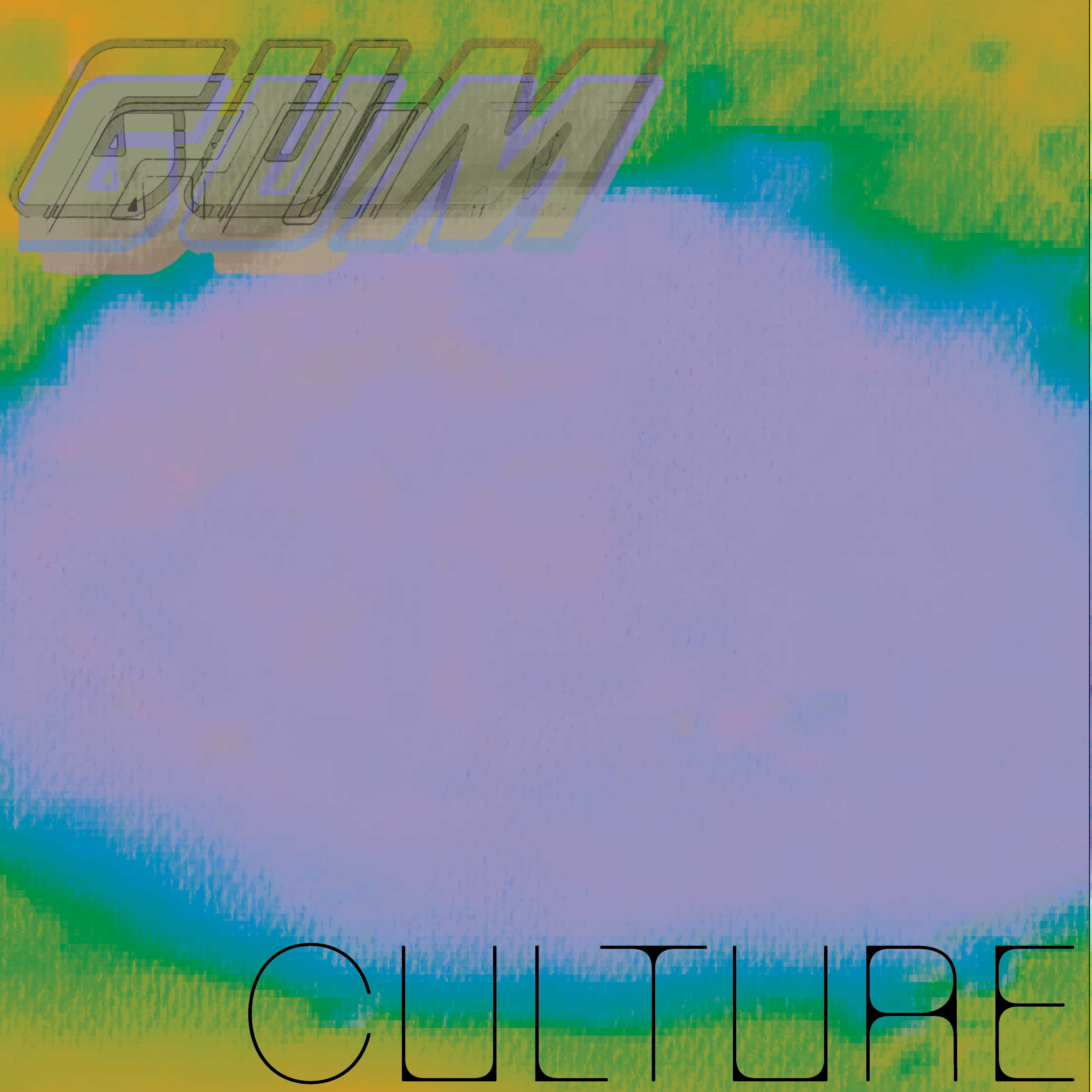Words: Becky Trotter (she/her)
In my humble opinion, SQIFF may be the most attentive film festival I have ever attended. From the standard BSL interpreters and sliding scale ticketing, to the overarching effort of audio description headphones and quiet rooms, the inclusivity shown by the programmers is so rewarding for a community so often neglected. Therefore, it didn’t catch me by surprise when seeing the sheer number of sold-out events on the programme. I squeezed into two features, Gregg Araki’s 1997 film Nowhere, as part of the queer classics series and D Smith’s 2023 Kokomo City. Animation Now was a variety of short films in all forms followed by a Q&A with the directors.
Despite the features being different genres, both films share a recurring motif of the urgency to be acknowledged. Araki’s, an explicit, queer coming of age film saturated in colour and soaked in 1990s expressions and LA nihilism and Smith’s, a black-and-white raw, anecdotal documentary that cuts through to the realities of being black transgender sex workers in America.
‘We be broken down, but we need to stand out’ – Kokomo City
In a world where queer people don’t fit into the binary, their existence is consumed by the highs and lows of what life has to offer. Nowhere’s title emulates the severance its characters feel whilst stuck in an impassive LA where ‘everybody who lives [there] is lost’. In a purgatory-like sense, Araki stresses heaven and hell are a lot closer than it seems. Dark, our protagonist, ‘like the absence of light’, carries around a camera ready to capture his impending death, certain it will be soon. With the tragic context that KoKo Da Doll, one of the women featured in Kokomo City, was murdered in the last six months, the documentation and preservation of queer stories are imperative to societal change. This is not to say these films fall into the ‘bury your gays’ trope, as they seek to fight the bleak stereotype and present a vibrant alternative. Nowhere’s queer lens is captured through surrealism. The film doesn’t shy away from assault, drug abuse and eating disorders, all retributions of the indulgences of the satanic world, yet it’s specifically those characters that get abducted by aliens when seduced by Christianity. Instead of regurgitating torture porn that media circulated during the AIDS epidemic, Araki delves into his queer world, using literal alienation as a metaphor for how the world responds to queer people. Kokomo City similarly addresses sensitive topics, yet is far from feeling defeated and solemn. Instead, these women utilise their humour and frankness to convey the realities of their life. In the comfort of their own home, stripped of makeup, this black and white film doesn’t hide behind colour and glamour, but instead shows the beauty of the women’s personalities so often hidden behind horrific statistics.
The binary of heaven and hell in Nowhere is similarly demonstrated by Smith’s use of black and white, revealing the contradictions these women experience in being desired by the same men that would kill them. It reveals that the women are not struggling with their identity, rather, the oppression and discrimination by those who cannot fathom an existence detached from heteronormativity. Not only do these films use visuals to channel a queer perspective, but they are unapologetic in their depiction of queer people.
Although Animation Now’s content was not explicitly queer-focused, both shorts used 3D animation and experimental prose to recall historical information, one on the corruption of the Magdalene Laundries and the other an interactive history found in the Museum of Oxford. This form of recording history by using silent narration and 3D animation felt like an intentional choice by SQIFF. By staging counterculture films, I felt it gave a platform to queer filmmakers, rewriting history in their own form. By presenting films that weren’t overtly queer, it redirected the focus from queer stories to queer skill. Eimear and Cat McClay’s film sheds light on their Irish history and approaches the harrowing topic with an empathetic scope. Like the title, A Mother’s Love for her Baby, the women put care and consideration into their work, recounting the stories sensitively rather than using violence and shock factor to convey the subject. I found this technique recollective of the features, in that the queer filmmakers decided not to repay society with the same exploitation they have experienced, emphasising the importance of having the queer community behind the camera and not just as the subject. The gaming structure used for both films allowed the audience to see the filmmaker’s literal subjectivity. When explaining their method of extraction for Where the Mouth is, Benjamin Hall explained they chose hearsay rather than ‘concrete’ facts when gathering material for their interactive exhibit. This, as a practice, exhibits the need for queer history to be sustained via word of mouth due to historical erasure.
SQIFF’s programming was an excellent demonstration of the community: the inclusivity of form, subject and nature is a beautiful reflection of how such an event should be conducted.
Rest in power, Koko Da Doll.
(Title is quoted from Nowhere)

